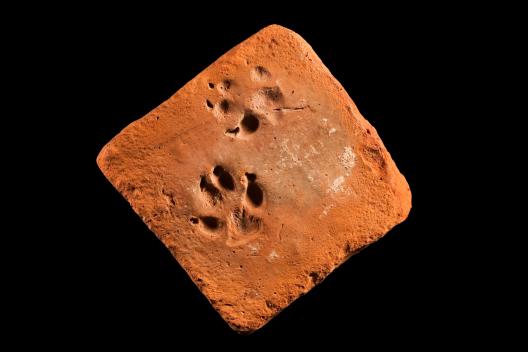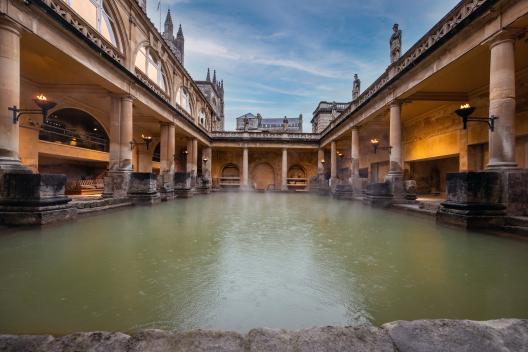KEY ITEMS
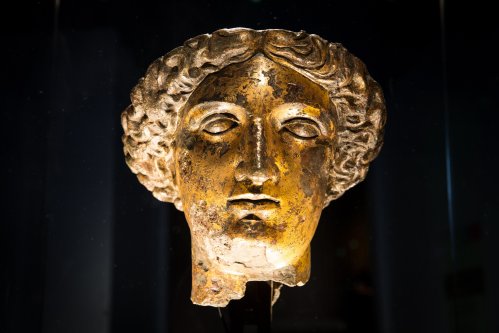
The gilt bronze head of the goddess Sulis Minerva is one of the best-known objects from Roman Britain.
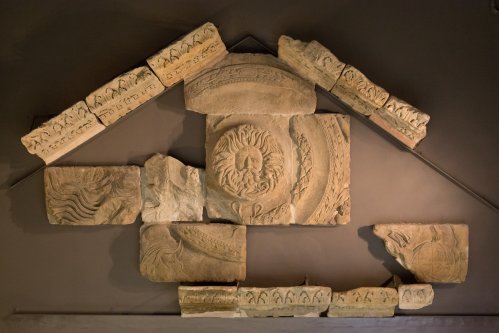
This fearsome pediment has fascinated scholars for hundreds of years.
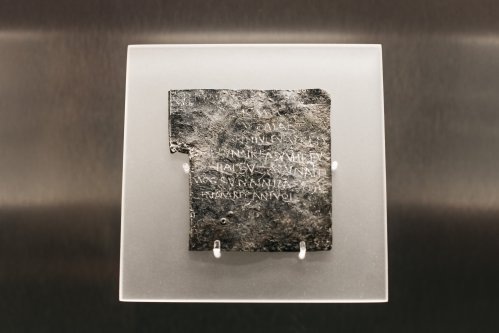
Discover the stories behind the personal and private prayers of 130 individuals from Roman Britain.
Beau Street Hoard
The Roman Site
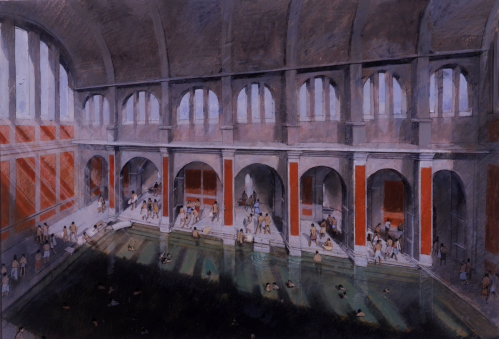
The Roman bathing complex was designed to cater to the needs of both local people and those who travelled as pilgrims from across the Empire.

The Sacred Spring lies at the heart of the ancient monument. Many of the offerings that were thrown into the Spring can be seen in the museum collection.
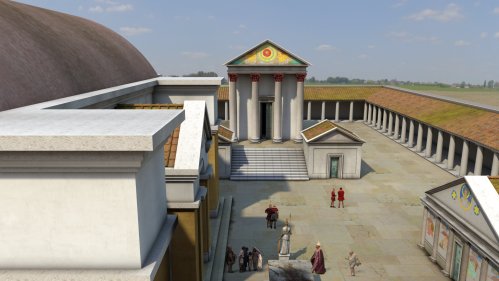
The Temple to the goddess Sulis Minerva was the focal point of worship in Aquae Sulis and the courtyard was the sacred space surrounding it.










